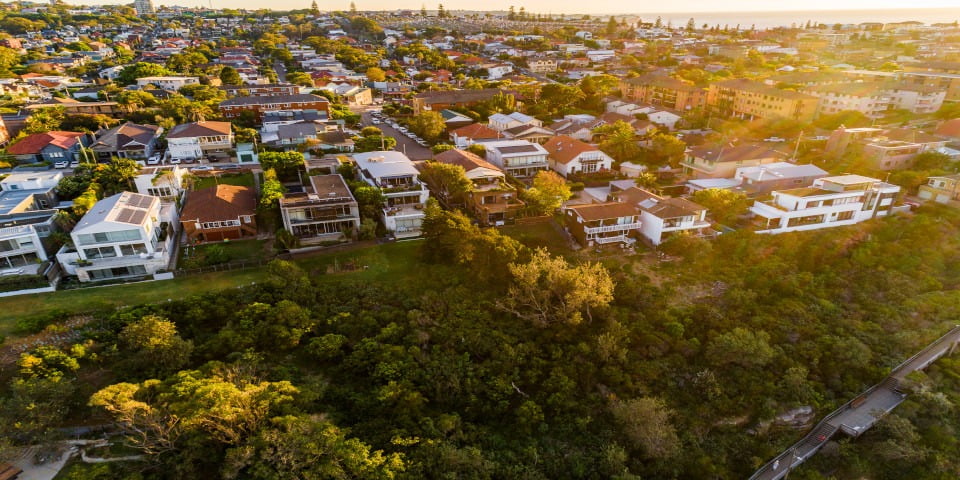A total of 569 Sydney suburbs are compared across 10 indicators that either help or hinder residents from leading a healthy lifestyle, in the Domain Healthy Sydney study authored by Deloitte Access Economics and Tract Consultants.
The indicators include walkability, access to fresh food, proximity to hospitals and allied health facilities as well as hindrance factors such as density of fast food and liquor stores.
Based on the scores across these indicators, each suburb was given a rating out of five stars. Domain states it is important to note the study is about place, not people – being designed to increase understanding of the opportunities suburbs provide residents for living a healthy lifestyle.
Thirty-two suburbs received five-star ratings in the study, the majority of which were located between the lower north shore’s Wollstonecraft and the northern suburb of Berowra Heights. Top of the pack in the study were Mosman, Roseville and Mount Kuring-Gai.
In the east, Tamarama, Watsons Bay, Queens Park and Darling Point all achieved five stars, as did Cabarita in the inner west and Springwood in the foothills of the Blue Mountains.
Other indicators of a healthy suburb were the scale of tree cover, open space, and volunteering, which was adopted as a metric for social connectivity as a determinant of mental health.
“Another relatively simple exercise is to allow the community to safely and conveniently walk to carry out day-to-day activities,” report co-author and Senior Principal Planner at Tract Consultants Adam Terrill said. “This means building not just more footpaths and pedestrian crossings, but also freeing up the planning system to allow more services and facilities, such as shops, close to where people live.”
Social demographer Mark McCrindle says there is no escaping the fact that the north shore has more advantaged suburbs, because they are well-located, well-serviced and well-planned.
The study focused on place-based factors that influence health, rather than the health of the residents, but the correlation was clear, he added.
“The area in Australia with the highest life expectancy is the larger geographical area of North Sydney and Hornsby,” Mr McCrindle said. ”It’s got a life expectancy three to four years above the average Australian.”
Public health physician Tony Capon, Professor of Planetary Health at the University of Sydney, says it was critical housing development was coupled with public infrastructure including health and transport, to avoid affecting a suburb’s health and its residents.
“But they also need access to the natural environment, so we need to make room for open space so people can walk and interact with their neighbours, and also enjoy the sights and sounds and smells of nature in the city,” he said.








